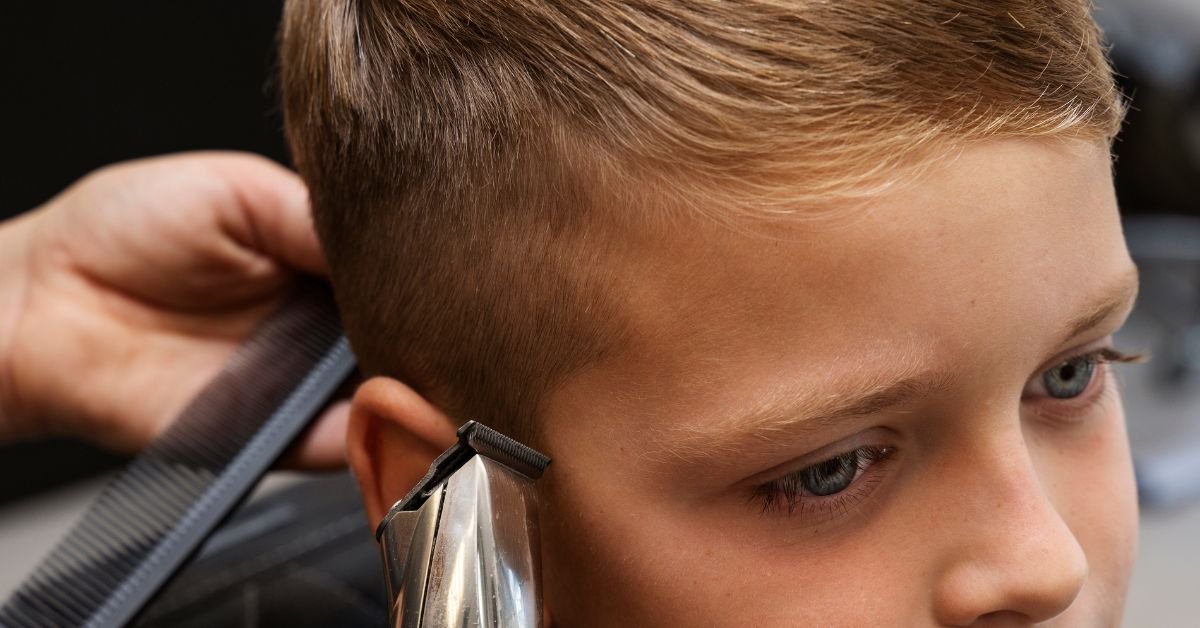The Allure of the Long Wolf Cut has burst onto the beauty scene with its irresistible blend of shaggy layers, mullet-inspired volume, and edgy curtain bangs—a hairstyle that feels both nostalgic and fresh. In this article, we’ll explore the origins, styling versatility, celebrity proponents like Billie Eilish and Miley Cyrus, maintenance essentials, and how to decide if those textured, face-framing layers are right for you.
What Is a Long Wolf Cut?
Blending elements of the ‘70s shag and the ‘80s mullet, the long wolf cut is a bold, layered hairstyle with heavy texture at the crown and wispy ends around the face and neck. K-pop influencers helped popularize its voluminous crown and choppy silhouetteThough the wolf cut shares roots with the mushroom shag, it diverges by tapering in front and flaring at the back—an aesthetic showcased on Miley Cyrus and Camila Cabello .

Why the Long Wolf Cut Is Trending
TikTok and Instagram have amplified the wolf cut phenomenon, with hashtags like #wolfcut drawing billions of viewsIts resurgence reflects a preference for lived-in layers and effortless texture—a counterpoint to sleek, low-maintenance styles dominating 2025 trendsThe so-called bixie-wolf—a pixie-bob hybrid with long wolf vibe—offers a modern spin, combining low-maintenance practicality with a rebellious edge
Celebrity Inspiration & Social Media Influence
Major celebrities have helped popularize this look. Billie Eilish’s bleached wolf cut brought it into mainstream visibility, while Miley Cyrus channeled rock-and-roll energy with jagged curtain bangs. Camila Cabello’s layered wolf-bob with side bangs at Paris Fashion Week further solidified its high-fashion credentials Even Selena Gomez dabbled in it—opting for a temporary wig—showing its mass cultural appeal
Face Shape, Hair Texture & Personalization
a. Face-Frame & Bangs
Curtain bangs or skinny fringes soften harsh jawlines while framing cheekbones—especially flattering for heart and oval faces
b. Hair Density
Fine hair benefits from these layers, adding volume and preventing limpness—but may require mousse or sea-salt spray to preserve structure Conversely, very coarse or curly hair may need texturizing to avoid bulk .
c. Length Variations
Long wolf cuts merge the drama of long layers with the shaping geometry of a shag, offering subtle volume and movability
Styling Tips for the Long Wolf Cut
a. Texturizing & Layering
Ask your stylist for choppy layers at the crown and tapered ends to mirror the “organized chaos” aesthetic
b. Tools & Products
- Use sea‑salt spray or mousse to enhance texture.
- Diffuse wavy or curly hair to amplify movement.
- A round‑barrel blow‑dryer helps style curtain bangs and soft shag layers
c. Maintain Regularly
To preserve shape and prevent uneven growth, trim every 6–8 weeks—especially around bangs
Pros & Cons of the Long Wolf Cut
Pros
- Adds volume and movement, great on fine hair
- Versatile: messy, polished, curly/wavy styles all work
- Expressive and individualistic, often seen as “rocker chic”
Cons
- Requires daily styling—could look flat if neglected
- Might not suit very thick or fine-fine hair without added product
- Not ideal for ultra-formal environments
Long Wolf Cut vs. Butterfly Cut vs. Shag
While all three rely on layering, the long wolf cut is distinct:
- Butterfly cut: softer, feathery wings and less choppiness
- Shag: layered but less defined front-cut and tapering .
The wolf cut is bolder—combining layered volume with a textured mullet silhouette—but can be softened into a butterfly or shag by reducing front-chunk depth.
Who Should Choose the Long Wolf Cut?
This hairstyle suits those who:
- Want volume without losing length
- Embrace an edgy style aligned with 2025 trends
- Don’t fear a bit of creativity in daily styling
- Prefer a hairstyle that ages playfully and grows out gracefully
Not ideal for ultra-conservative workplaces or people with very thick/unruly hair who prefer minimal styling.
Maintenance Routine & Hair Care
a. Recommended Products
- Lightweight mousse or sea‑salt spray for texture
- Heat protectant if using blow-dryer or curling tools
- Weekly nourishing mask to restore hydration post-texturizing
b. Trim Schedule
Visit the salon every 6–8 weeks to re-establish layers and prevent fraying
c. Managing Texture & Frizz
Use smoothing cream or anti-frizz serum in humid climates. Embrace natural waves—wolf cuts often look best with a slightly undone, lived-in feel.

FAQs
Q: Can a wolf cut work for long hair?
A: Absolutely. A long wolf cut maintains length while delivering volume through strategic layering. It merges the drama of long hair with textured movement.
Q: How often do I need trims?
A: Typically every 6–8 weeks to retain shape, especially around the front and crown.
Q: Is this suited for fine hair?
A: Yes—layers add volume, but styling with light mousse or sea-salt spray helps maintain lift.
Q: Can men wear wolf cuts?
A: Definitely. The wolf cut is unisex, and men embrace it with choppy texture and loose fringe for a modern edge.
Q: Short wolf vs. long wolf—what’s the difference?
A: A short wolf (bixie) emphasizes choppy, cropped layers, while a long wolf retains length with layered tapering and flowing ends.
Q: How do I talk to my stylist about it?
A: Request choppy crown layers, tapered face-framing pieces, curtain or skinny fringe, and describe the mullet-shag hybrid shape.
Conclusion
The long wolf cut is more than just a hairstyle—it’s a mood. Rooted in the rock-star flair of the ’70s and ’80s, yet reborn through modern influencers, it offers rebellious volume, texture, and versatility. With strategic layering, lightly rumpled styling, and proper upkeep, it delivers a ready-anything, 2025-approved statement. If you’re drawn to expressive, wolf-like layers and a haircut that ages gracefully, the long wolf cut could be your next transformative look.
CLICK HERE FOR MORE BLOG POSTS
John Authers is a seasoned and respected writer whose work reflects the tone, clarity, and emotional intelligence that readers value in 2025. His writing blends deep insight with a natural, human voice—making complex ideas feel relatable and engaging. Every piece he crafts feels thoughtful, original, and genuinely worth reading.

